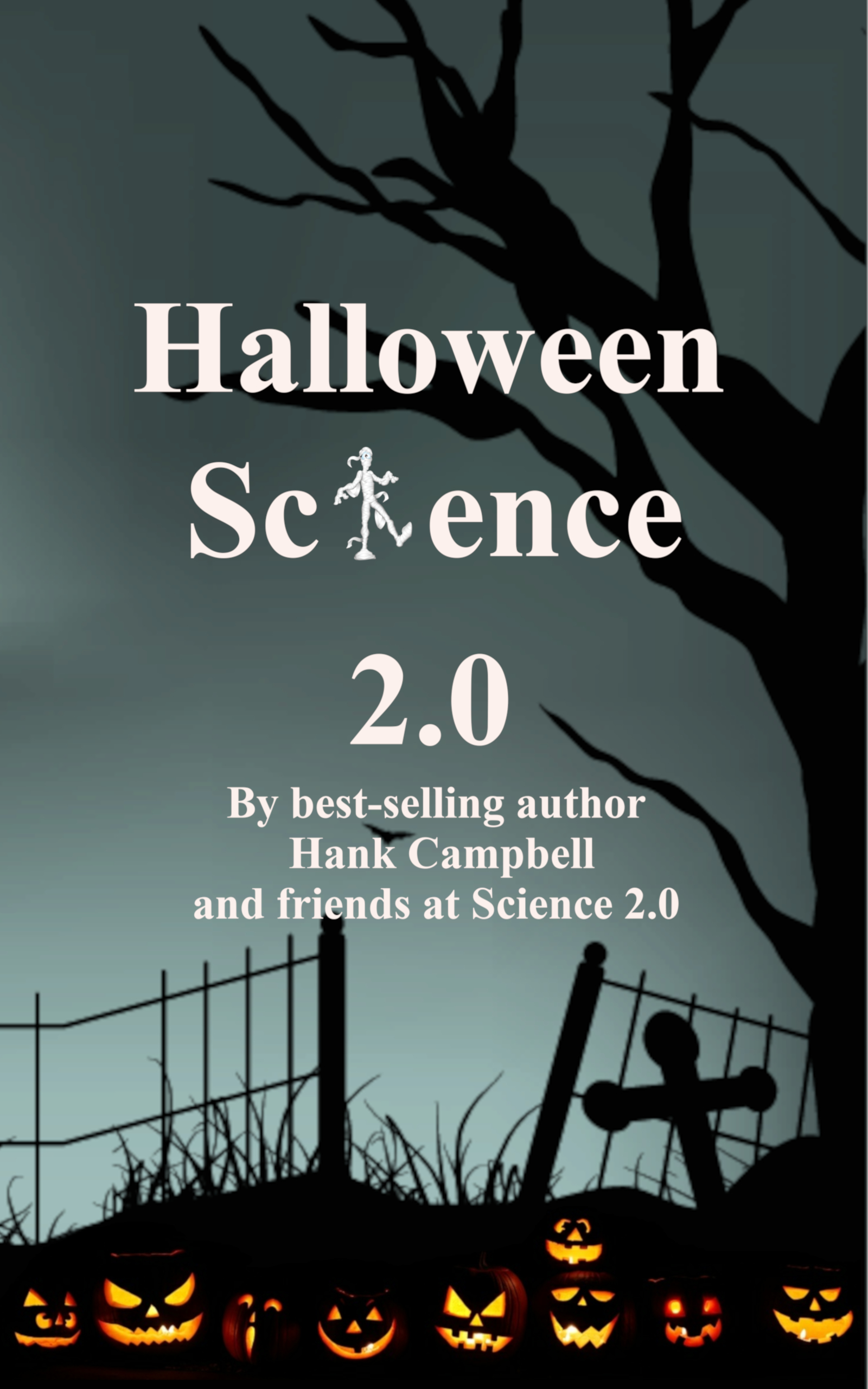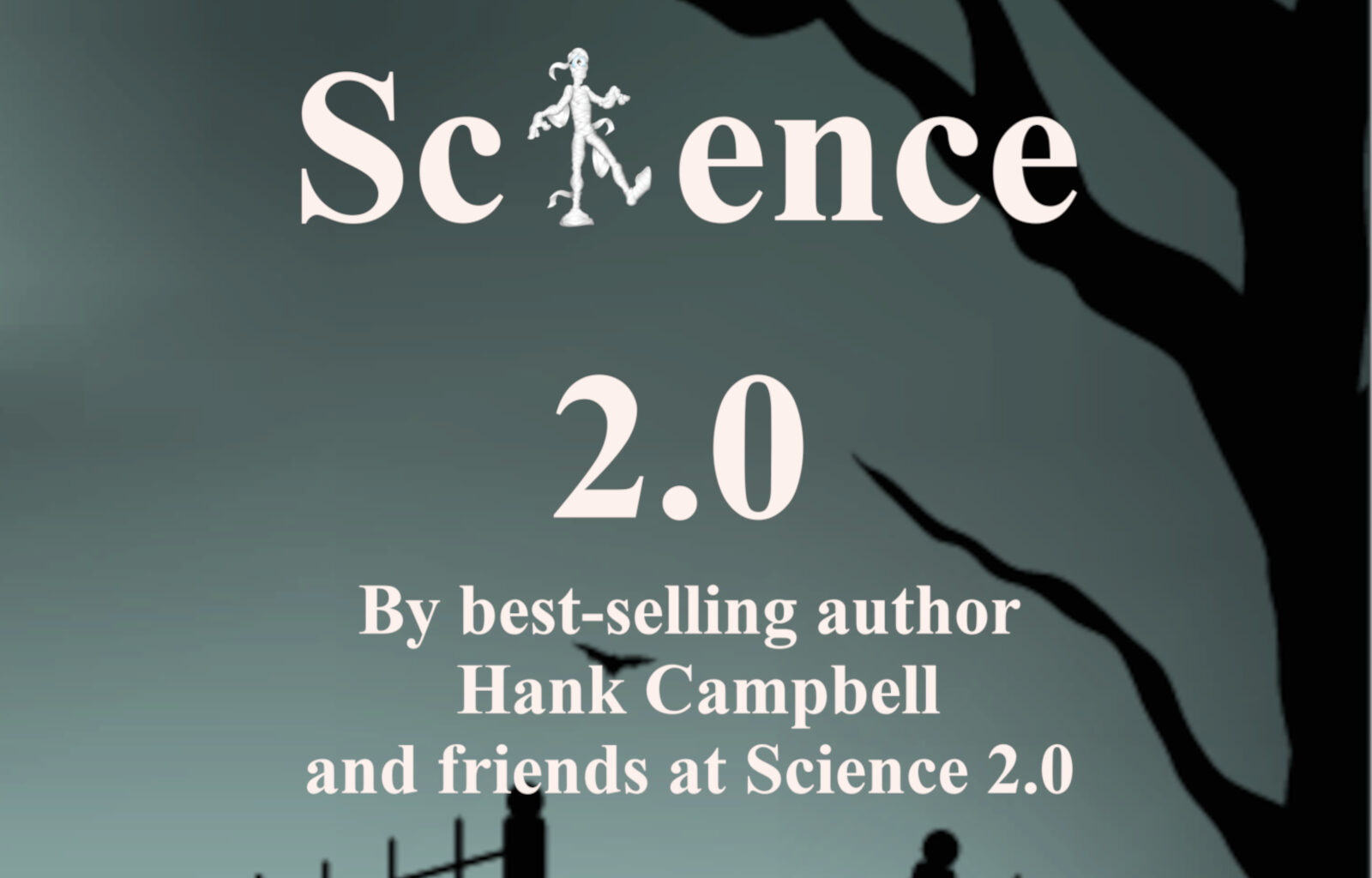Samhain,
All Hallows Evening. Hallowe’en, Halloween. The name has changed but the
world’s fascination with a day of spooks and scares has never wavered. Except it
has also always been about harvests and farming and food.
It may
seem odd to lump together food and ghosts but that is Halloween in a cultural
nutshell; a confusing mash-up of cultures and beliefs. That is actually a good
thing. It is evidence for how creating melting pots of people who become one
community is better than a salad bowl where no one wants to include outside
groups in their customs.
It
took thousands of years but Halloween is now incredibly popular. If you saw the
number of Halloween t-shirts in my storage bins, you’d know it is big business,
and not just for clothing. In America alone it is an $8 billion market segment,
which means Halloween is only surpassed by Christmas in spending. That spending
is on lots of different things. Despite people associating Halloween with kids
and treats, candy is only 15% of the revenue. The rest is adult costumes and
parties and decorations.

Excerpted from Halloween Science 2.0, now out in paperback
Decorations
like, oddly, pumpkins.
The
United States alone will produce 1,000,000,000 pounds of pumpkins, and nearly
half of them will come from a place few can guess; Illinois. Its warm, dry
summers and arable soil are ideal for pumpkins and pumpkins are how food
processing company Libby’s, which makes canned pumpkin pie filling, turned the
town of Morton, Illinois, with just 17,000 residents, into the pumpkin capital
of the world.
That’s
right, California can claim to be the World Leader in Garlic and Pistachios,
but The Land of Lincoln dominates when it comes to autumn’s favorite orange
squash.
Why
pumpkins? The only explanation is that cultural evolution, like biological,
happens in fits and starts and makes detours, and it can tear down or build up.
How a niche celebration in old Celtic lands became the second most popular
holiday after Christmas across a vast ocean doesn’t have to make any logical
sense, because it happened anyway.
When
the Roman Republic invaded Albion, what is now called England(1),
they were not the first conquerors. The Celts had preceded them by a thousand
years, and the Celts there celebrated their New Year, the end of the harvest
and the beginning of the cold, dark days of winter, on November 1st. They
called it Samhain.
The
night before Samhain, their New Year’s Eve, was a night in which they believed spirits
got one last opportunity to get revenge on anyone who had slighted or harmed
them during life. Celts, like Scots now, were quick to love but when slighted
they held a grudge for so long the great grandkids will have forgotten why(2),
but will still honor it. To prevent grudges by recent spirts from harming their
family members on the last night before the dead went to the afterlife, Celts
painted faces on gourds or carved “neep lanterns” – turnips – to scare them
off. Other supernatural beings might dress as beggars and knock on doors asking
for handouts. Lore said if you had the misfortune to have one knock on your
door and you refused to feed them, mischief was likely to result.
You
can see where all of that still exists today, in tricks or treats.
The
Romans were animistic, they believed everything had a spirit, and they wisely
had a policy that made a docile people remain calm; they let those under new Roman
control keep their religion and their weapons. That gave the new subjects a
feeling of freedom and they didn’t rebel.(3) To make Roman culture even more palatable to
new people, they often showed how their traditions were similar. This assimilation
was their approach in many ways, including religions. Pax deorum, peace with the gods, was a guiding belief, so adding a
few more Gods to placate those in new lands was not difficult.
By
the 500th year of the Roman Republic, they had conquered a lot of different areas,
from the Balkans and the mid-east to what they named Britannia, which meant a
lot of different cultures, a lot of different gods, and festivals to match.
Since Samhain fell during the festival that honored Pomona – a goddess of fruit
– at least according to the Legate that governed the new island – the Romans
said they too celebrated and agreeable Celts gradually expanded Samhain to
include Roman harvest concepts. Now the holiday had ghosts appearing, faeries
playing tricks if you didn’t give them treats, and apples.(4)
A real monster mash of traditions.
Hundreds
of years later, the Celtic Albion that had become Roman Britannia was transformed
again, into Anglo-Saxon “Englaland”, but the November 1st Samhain tradition remained.
During those so-called Dark Ages, Pope Gregory III wanted less pagan
imagery in the west so he moved the date of All Hallows Day – Hallow is another term for
Saint – from the spring to Samhain. It didn’t change the tradition
much. Rather than going door-to-door dressed as beggars on “All Hallowes Evening”, boys dressed up as saints and knocked on doors and requested alms for the
poor – they were the same beliefs using different costumes. Sometimes that is
good enough.
By
the 1500s kids spent All Hallowes Eve, shortened by the Scottish to Hallowe’en, a spelling that still existed in
writing of just a few decades ago,(5) going “a-souling”, where they would visit nearby homes and be given ale or
food, sometimes even money, in return
for prayers for the souls of the family. Hallowe’en had become so common that
by the end of the century, Shakespeare referenced it. He loved spooky stuff, even in comedies like “The
Two Gentlemen of Verona.”
Shortly
thereafter the danse macabre,
first created as an allegory of ‘dancing to death’s tune’ in France during the
Black Plague, became popular and it was just what it seems; a carnival of the
dead, though a lot less light-hearted than the modern Mexican Día de Muertos (“Day of the Dead”),
which has candy skulls and even Pan de Muerto, bread of the dead.
In
the 1700s and early 1800s is when Halloween really arrived in America. The
Puritan culture of those religiously disenfranchised by Europe had given way to
a large influx of Scots looking for land and prosperity after the Act of Union
with England(6) and then when onerous lease terms for Irish farmland led to hunger and
famine in the 1800s, an even larger wave of Irish immigrants followed.
Scottish
women had brought with them a tradition of staring into a mirror with a candle
at midnight to see if the face of their future husband was revealed but that’s
not really a community event. The Irish arriving in America lit a new spark
there. They also loved carving faces into turnips, but turnips could still,
with challenges(7), be turned into food, while pumpkins got less culinary respect. Since they were
more expendable, pumpkins were more available for decorative carving.
The
Irish tackled those at Halloween with fonn
– gusto – and suddenly there were a lot of Irish in America. Around a million
new arrivals just in the 1840s.
Unlike
Scottish painted faces to scare off spirits, the Irish “neep lanterns” were
said to evoke the ghostly lights that appeared over peat bogs in the old
country. Those lights were called will-o’- the-wisps but the carved root
vegetables were jack-o-lanterns, named such for Stingy Jack, who tricked the
devil into agreeing that Jack would never go to Hell. Unfortunately for Jack,
he had also committed far too many sins to get into Heaven, so he was doomed to
purgatory. His only companion for eternity was a hollow turnip and a lump of
coal the devil tossed him for light.
That
Irish tale delighted their fellow Americans and soon enough carving pumpkin
jack-o-lanterns and putting candles inside for Hallowe’en spread across the
country. It got so popular Catholics and Protestants finally found something to
agree on; putting the October holiday on the calendar.
By
1900, Halloween had evolved again. Parties became common while grotesque
costumes and religious overtones began to fade in popularity. Modern gatherings
focused on games, food, and fun events. During the first half of the 20th
century, Halloween became a completely secular event that involved
neighborhoods, communities and cities, with parades and trick-or-treating nationwide.
This
year, 40 million Americans will dress up as a Ghostbuster or Captain
America or something else, following thousands of years of tradition. It will mean $2 billion in
candy sales, which you might expect, but what you may not expect is which U.S.
state will lead in trick-or-treating per capita.
It’s
Utah, followed closely by Alaska.
Now Halloween
has become a fixture of popular culture and along the way we acquired even more
symbols.
So
many that just the science can fill an entire book. Let’s start by discussing some
ways in which Halloween even shaped science discovery. Everyone has heard of
“spooky action at a distance” to describe quantum entanglement. Even the Big
Bang is related to Halloween.
(3) Only slightly less likely to rebel in the case of Celts. They still rebelled a
lot.
(4) Some 1800 years later, England developed a new cultivar and named it Cox’s Pomona.
(5) In
1969, Agatha Christie published the
Hercule Poirot mystery Hallowe’en Party.
It is set in the 1960s, the inclusion of the word “lesbian” and references to
liberalism in the criminal code tell you that, but the party itself includes things
a woman born in 1890 might think kids still did, but few kids in the 1960s
probably still did. Like the parlor game of holding a candle while looking in a
mirror in a dark room to see their husband.
(6) It
wasn’t immediate but less than 30 years after that my family got off the boat in
America.
(7) That is just my opinion. Some people love difficult root vegetables.
